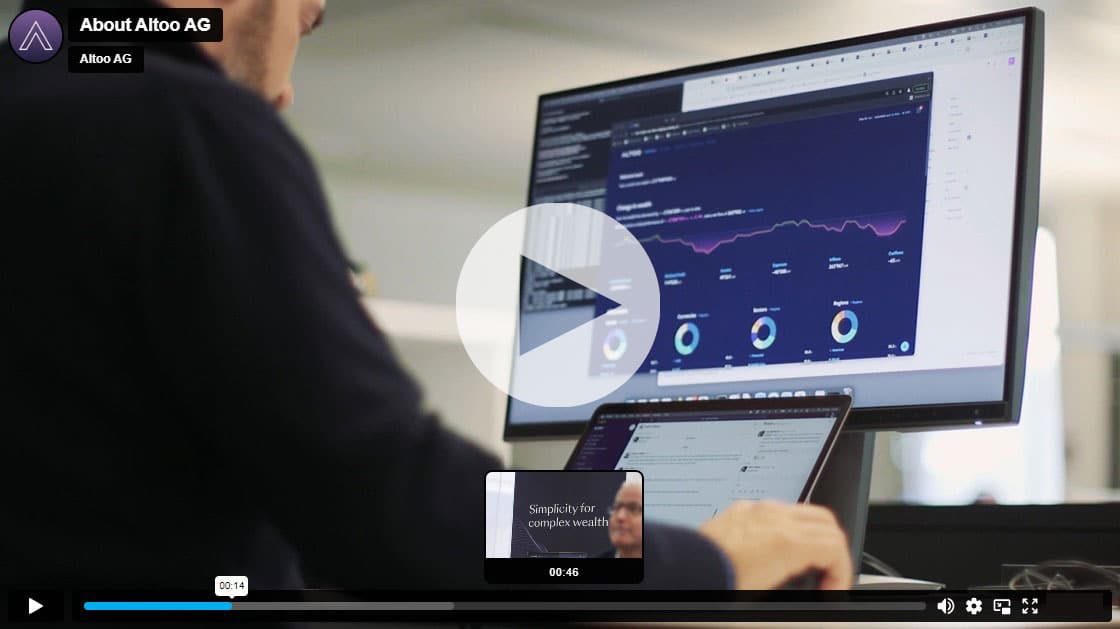The Urgency of Sustainability in Aviation
The aviation industry has long been aware of its impact on the environment. Burning jet fuel not only releases carbon dioxide (CO2) but also contributes to the formation of condensation trails and soot, both of which have a warming effect. In 2019, aviation accounted for approximately 3.1% of total global CO2 emissions from fossil fuel combustion, making it one of the largest emitters. The industry recognises the need to reduce its carbon footprint in line with global climate goals, such as the Paris Agreement.
The Scale of the Challenge
Experts estimate that aviation’s carbon emissions currently account for about 2% of the world’s annual carbon budget. However, projections indicate that aviation could consume between 12-27% of the remaining carbon budget by 2050 to keep global temperature rise below 1.5°C above pre-industrial levels. The urgency for action is clear, as the industry must find ways to decarbonize rapidly to meet its net-zero emissions target by 2050.
The Role of Sustainable Aviation Fuels
One of the key strategies for achieving net-zero emissions in aviation is the introduction of sustainable aviation fuels (SAFs). These fuels, made from renewable sources such as used cooking oil, agricultural residues, trees and synthetic materials, offer a promising alternative to traditional jet fuel. Several major airlines have already begun experimenting with SAFs, with some even using blends of sustainable and fossil fuels on select flights.
United Airlines is a leader in sustainable aviation fuels, using waste materials on some routes. Their goal is to power 50,000 flights a year between Chicago and Denver with ethanol-based fuels by 2028. They’ve also teamed up with partners including Air Canada, Boeing, GE Aerospace, JPMorgan Chase and Honeywell to create a $100 million fund for sustainable aviation fuel development.
Your Wealth, Our Priority: Altoo's Consolidation Power, Secure Document Management, and Seamless Stakeholder Sharing for High Net Worth Individuals. Preview Platform.
Technological Innovations for Decarbonization
While sustainable aviation fuels play an important role in decarbonization, technological innovation is also essential to achieving the industry’s net-zero emissions goal. Advances in aircraft design, propulsion systems and operational practices are being explored to improve efficiency and reduce carbon emissions.
Electric and hydrogen-powered aircraft show promise for short-haul flights with fewer passengers. These clean energy alternatives have the potential to significantly reduce emissions on regional routes. However, long-haul flights with larger passenger capacities remain a challenge due to the energy requirements of such journeys.
Efficiency improvements are also important. Airlines save fuel through better landing procedures, optimised routes, and “glide” landings. Ongoing efforts to improve aerodynamics, reduce weight, and improve engine efficiency save energy.
Carbon Offsetting: Bridging the Gap
While sustainable aviation fuels and technological advances play a critical role in reducing emissions, complete decarbonisation may not be achievable through these measures alone. Carbon offsetting, specifically direct-air carbon capture and storage (DACCS), offers a solution to offset emissions that cannot be eliminated.
Direct-air carbon capture and storage is the process of capturing CO2 directly from the atmosphere and storing it underground or using it for other purposes. This technology can help offset emissions from processes within aviation that are difficult to decarbonize. However, large-scale implementation of DACCS would require significant investment and a robust accounting system to ensure the effectiveness of carbon removal efforts.
The Need for High-Quality Offsets
For carbon offsets to be effective, it is critical to prioritise high-quality offsets that meet robust eligibility criteria and ensure the permanence of carbon removal. This is particularly important because some offset programmes currently rely on low-cost, non-permanent offsets, such as forest conservation projects. To achieve the goal of net zero emissions, the aviation industry must invest in reliable and sustainable offsetting practices.













